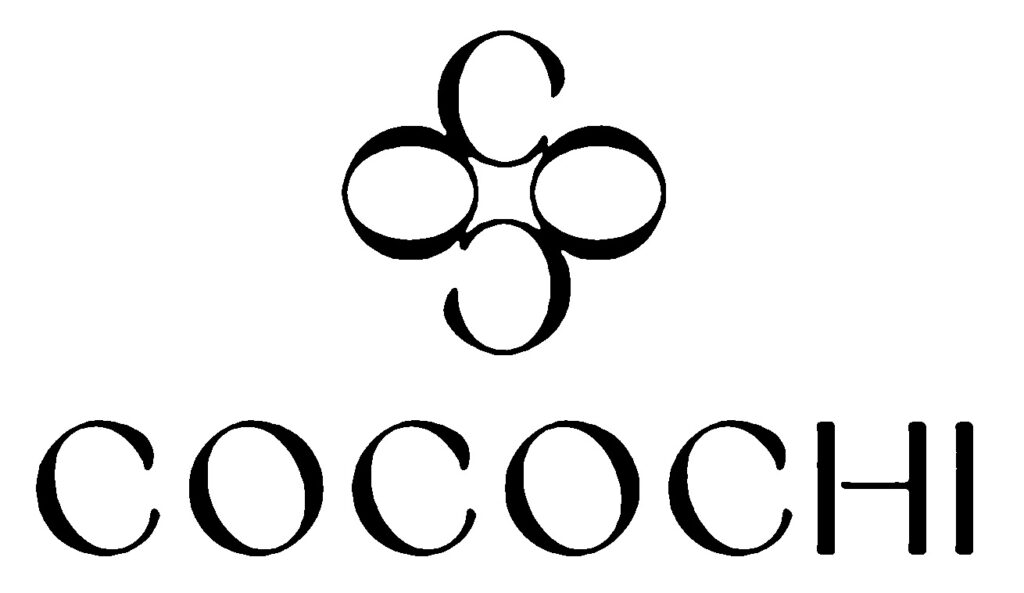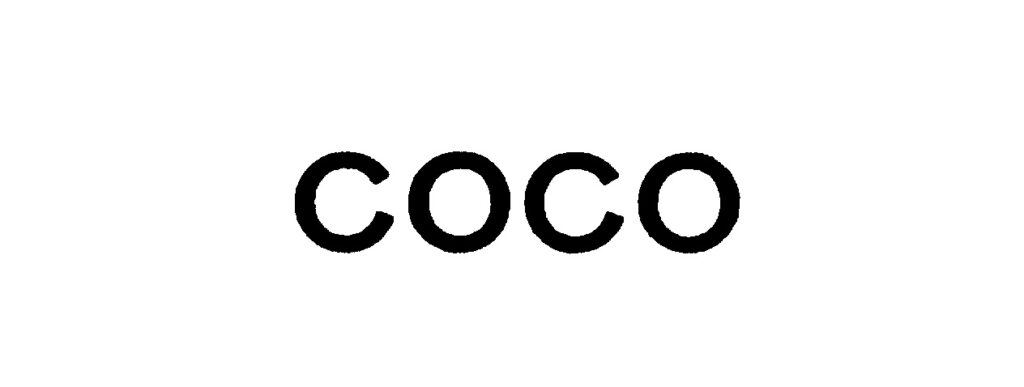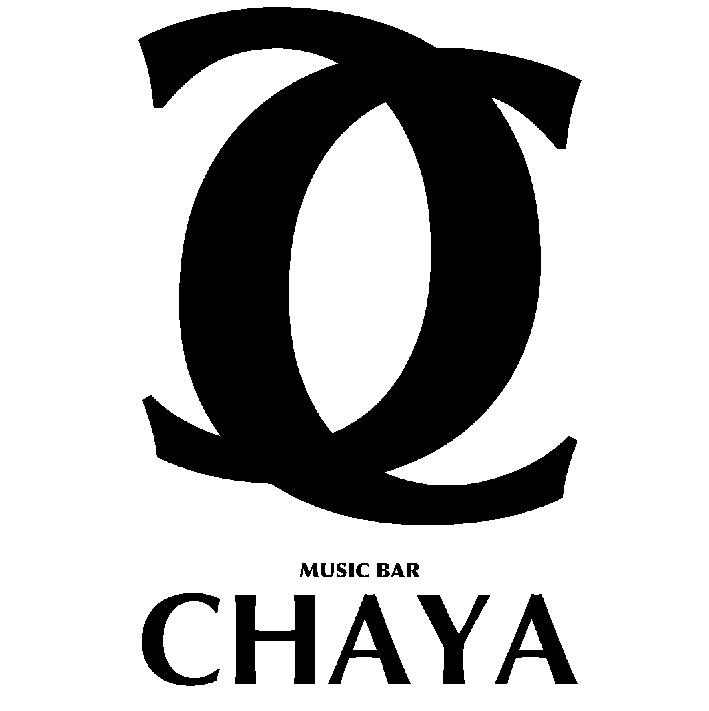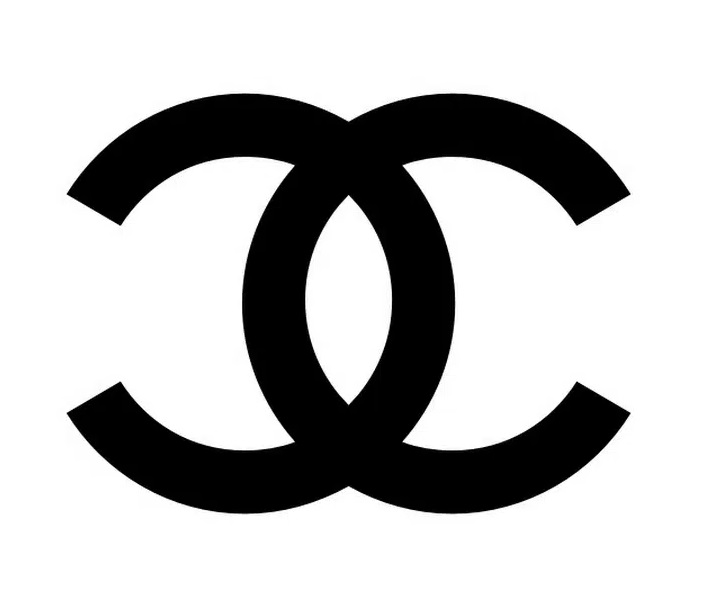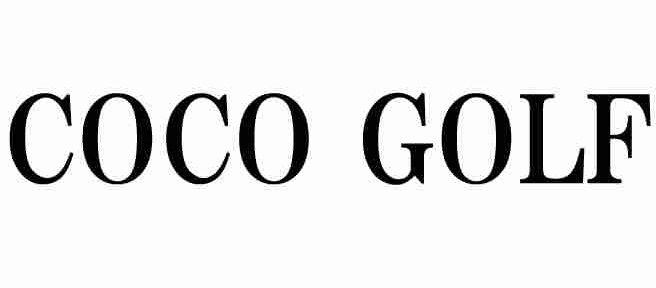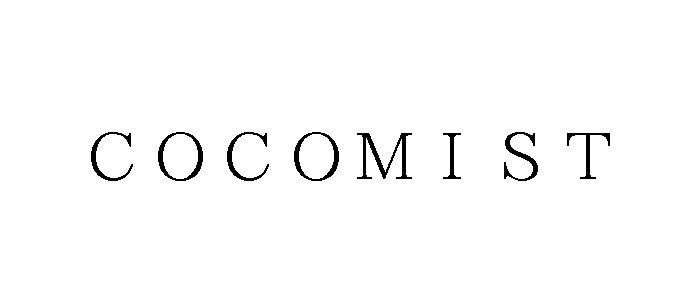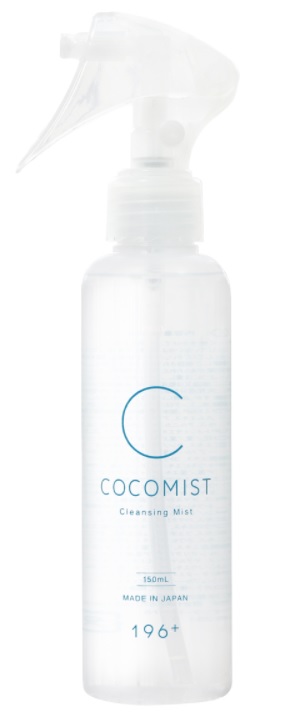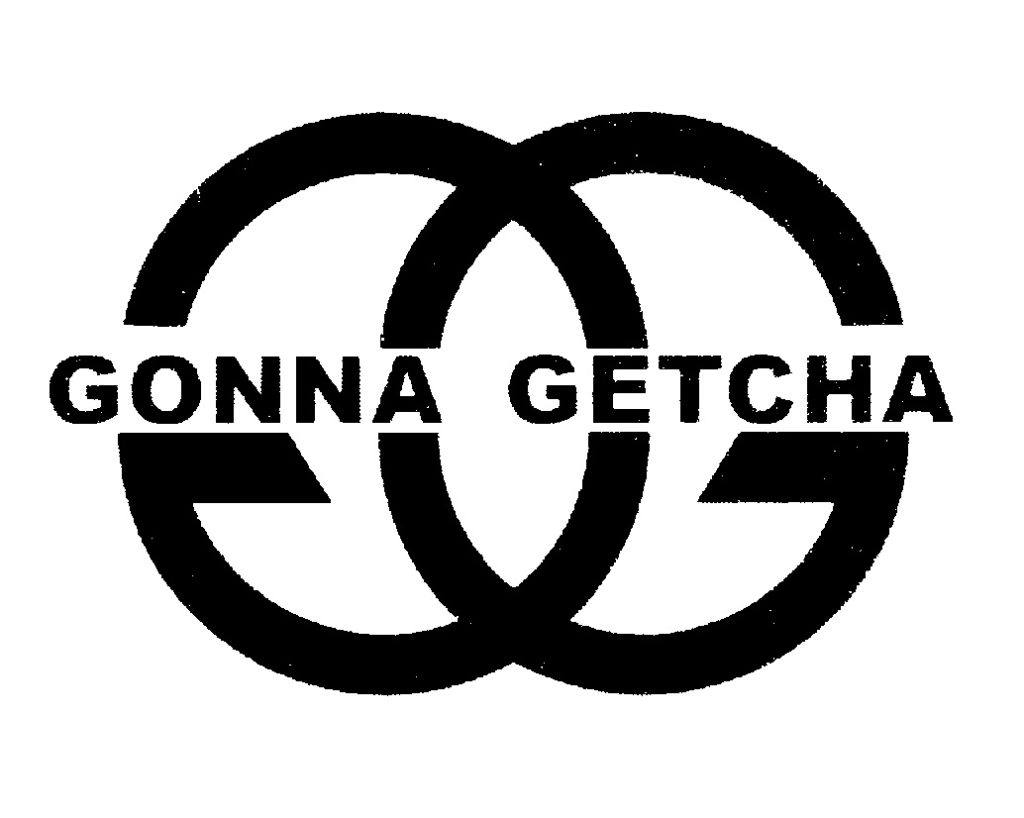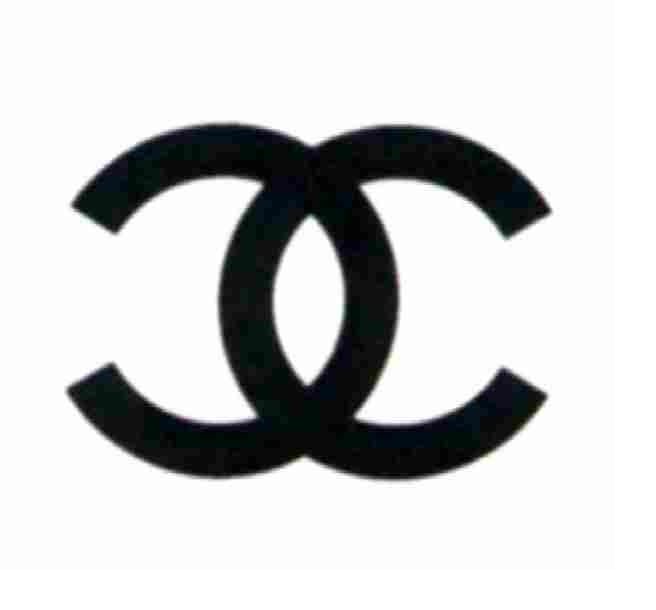The Japan Patent Office (JPO) did not side with CHANEL in an opposition against TM Reg no. 6650252 for wordmark “COCOBABY” in class 25 by finding dissimilarity of mark between “COCOBABY” and “COCO”.
[Opposition case no. 2023-900041, decided on February 9, 2024]
COCOBABY
On September 22, 2022, a Japanese individual applied to register the word mark ‘COCOBABY’ for use in relation to apparel and toddler clothes of class 25 and immediately after the filing, the applicant requested an accelerated examination based on the fact that he operates the online shop “COCOBABY”, which offers a wide range of clothes for toddlers and babies.
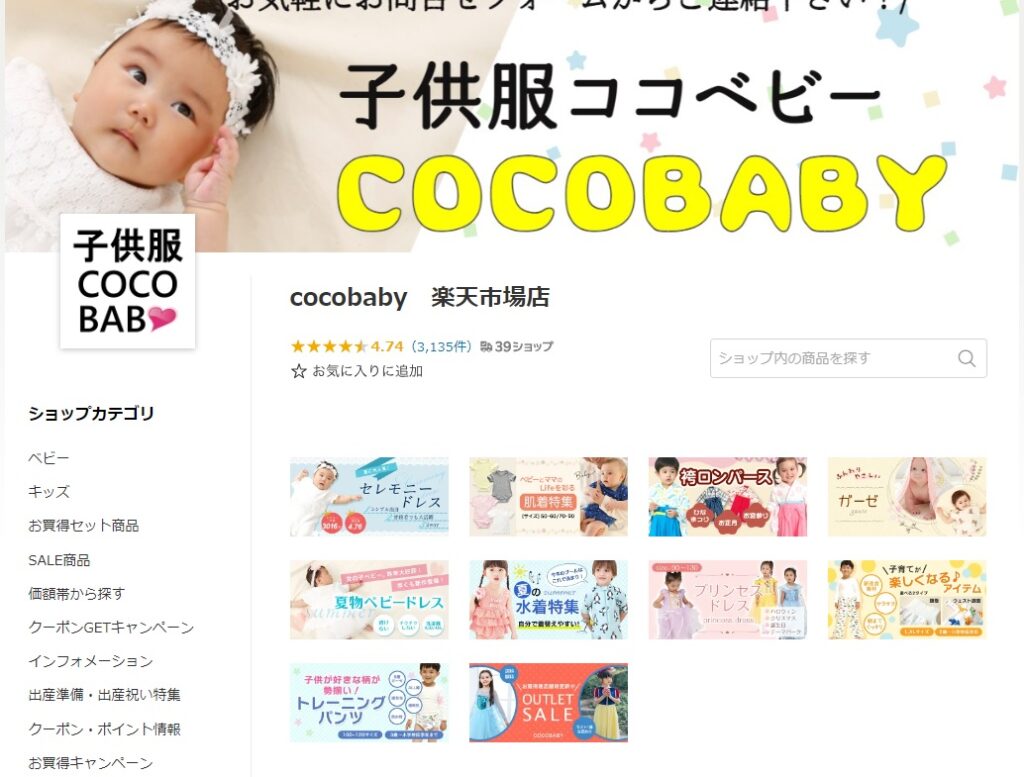
Accordingly, the JPO examiner granted protection on November 30, 2022 without raising her objection due to a conflict with Chanel’s COCO mark.
Opposition by CHANEL
On February 14, 2023, Chanel SARL filed an opposition against TM Reg no. 6650252 for the mark “COCOBABY”, and claimed cancellation of the mark in contravention of Article 4(1)(xi), (xv) and (xix) of the Japan Trademark Law by citing earlier trademark registrations for their historical mark “COCO”.
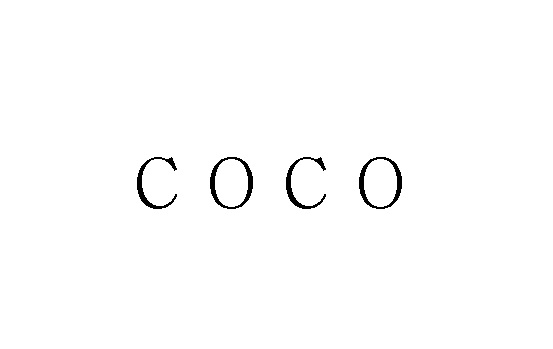
Chanel argued that the term “BABY” was descriptive in relation to the designated goods, namely children’s clothing in class 25. In addition, the mark “COCO” has become famous as an indication of origin for Chanel’s perfumes and cosmetics. In those circumstances, the relevant consumers would consider the term “COCO” to be a prominent part of the opposed mark and would be likely to confuse the source of the clothes bearing the opposed mark with Chanel and an entity economically or systematically liked to Chanel.
JPO decision
The JPO Opposition Board accepted that the mark “COCO” has been well known for Chanel’s perfume. However, the Board questioned whether, on the basis of the evidence submitted, the mark has become also well known among consumers of other goods.
In addition, the Board found that the opposed mark had to be assessed as a whole, even in relation to children’s clothing, from a visual point of view. The mark “COCOBABY”, taken as a whole, does not have a specific meaning.
If so, the opposed mark is not conceptually comparable to the mark “COCO”, but is visually and aurally distinguishable from it.
In view of the low degree of similarity between the marks and the insufficient evidence of the reputation of the mark “COCO” among consumers of the goods in question, the Board has no reason to believe that the consumers are unlikely to confuse the source of the clothing and children’s clothing bearing the opposed mark with Chanel.
Based on the foregoing, the Board dismissed the opposition entirely and decided to maintain the opposed mark as the status quo.

